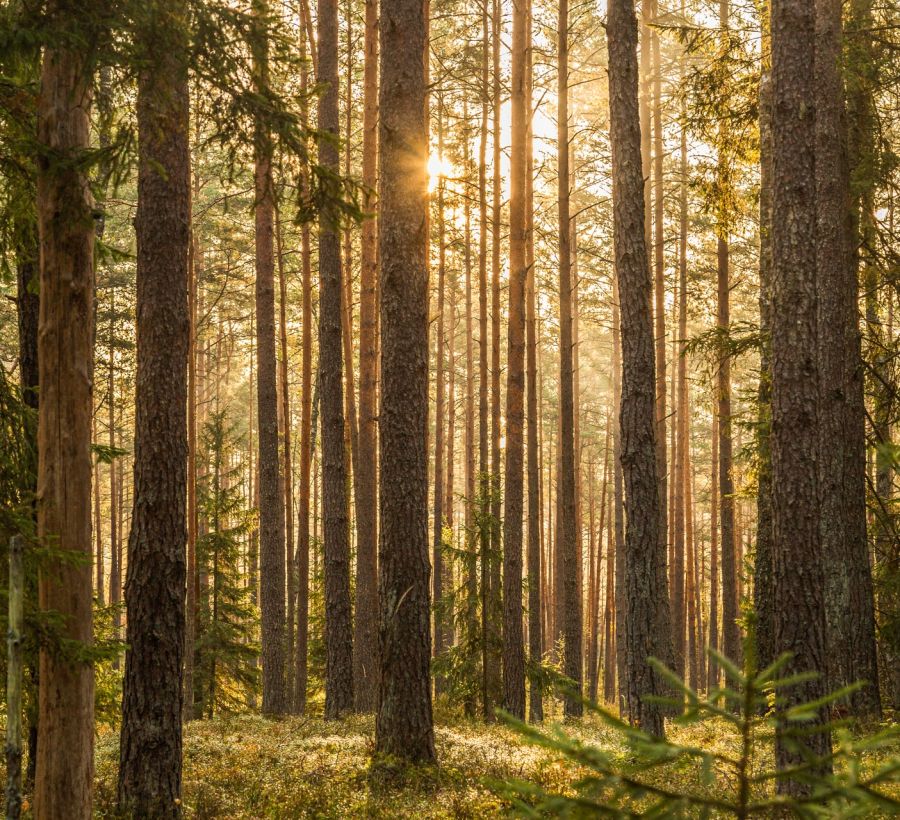
Delivery Hero
With operations across Asia, Europe, Latin America, the Middle East and North Africa, Delivery Hero is one of the world's leading online food and grocery ordering and delivery marketplaces.
Supporting Delivery Hero on their climate journey
As an industry leader, Delivery Hero is taking responsibility for its impact on the environment by partnering with project developer and climate solutions provider, South Pole, to measure and offset part of their direct and indirect emissions by supporting certified climate action projects and fostering sustainable development in the project regions.
Why Delivery Hero Cares

"Our strategy sets our climate action as one of our priorities, with a future focus on reducing our carbon footprint. Taking responsibility for our greenhouse gas emissions is part of our commitment to deliver a more sustainable future for our customers and communities around the world."
Jeffrey Oatham, Senior Director of CSR & Sustainability, Delivery Hero
How Delivery Hero cares
765,101 tonnes CO2e compensated so far as part of Delivery Hero's partnership with South Pole.
Contributed to 9 of the 17 Sustainable Development Goals (SDGs).

The SDGs provide a global framework for organisations to measure and report their environmental and social impacts.
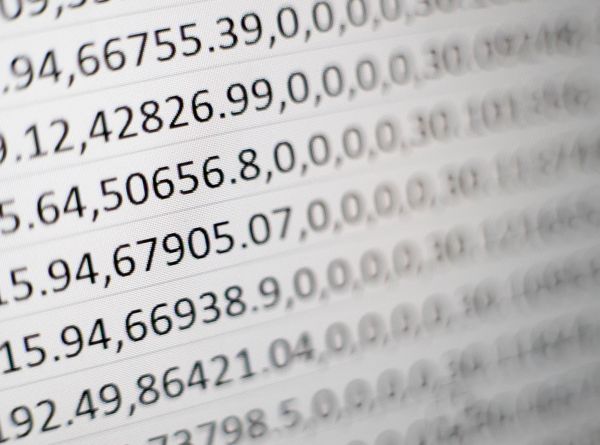
Track Offsetting Information
Climate action is all about transparency, find out more about what Delivery Hero is currently offsetting.
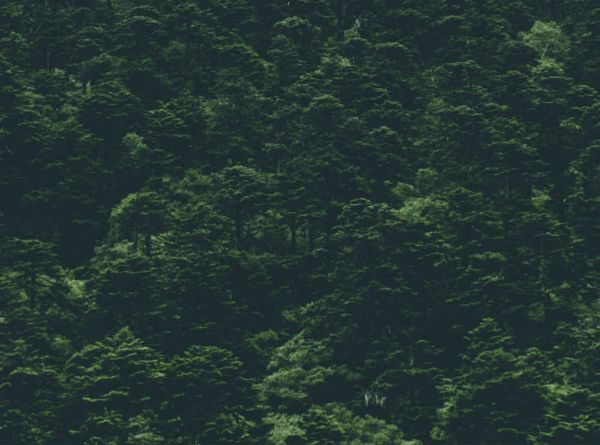
What are Carbon Credits?
Not sure what offsetting is or what to do with carbon credits? We have broken this down for you.
Climate Projects
Delivery Hero supports certified high-quality climate action projects. Read more about these projects below.
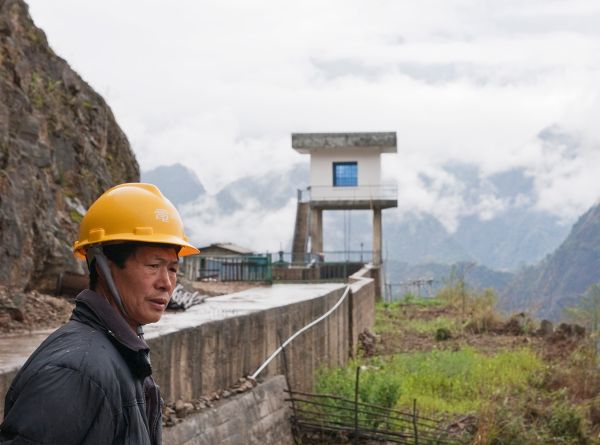
Huóshuĭ Small Hydropower, China
Verified Carbon Standard |
Huóshuĭ Small Hydropower consists of 95 small hydropower plants. The small-scale plants range in capacity from 0.1 to 14 MW, and together supply enough renewable energy to power over half a million average Chinese homes each year. Their run-of-river design allows them to do so with minimal environmental impact.
The cost of developing hydropower plants in remote locations is a significant barrier to construction, so this project would not be possible without the revenue generated by carbon credits.
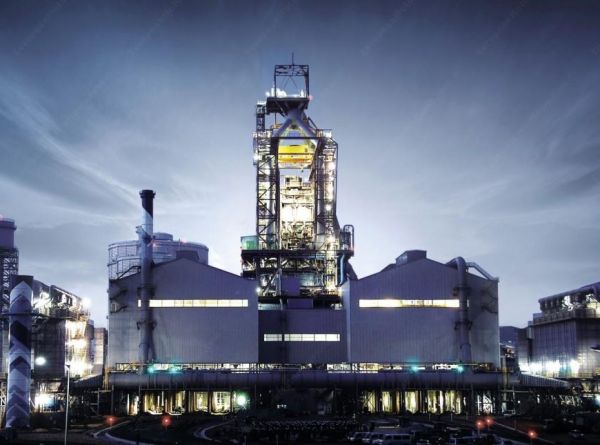
Huyndai energy efficiency, South Korea
Verified Carbon Standard |
Located at a steel mill in Dangjin Province, South Korea, this project addresses the challenge of energy efficiency: With the help of a newly constructed cogeneration power plant, the waste gas generated by the mill's blast furnaces and coke ovens is reused to power production processes.
In addition, the electricity and steam generated by the project help reduce the mill's power consumption from the grid.
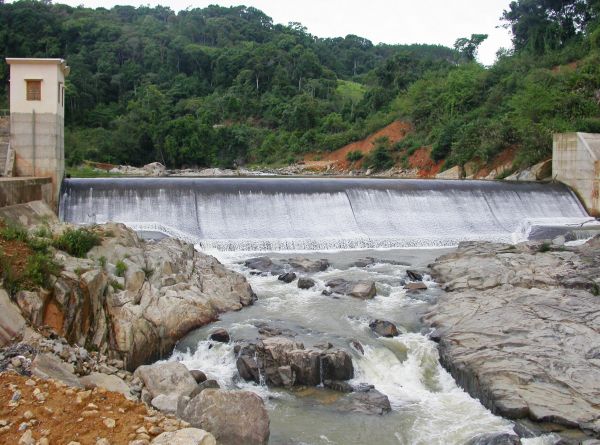
Musi River Hydro, Indonesia
Verified Carbon Standard |
This grid-connected, run-of-river hydroelectricity plant is built on the upper banks of the Musi River near Sumatra's port city of Bengkulu.
By harnessing the kinetic energy of powerful running water, the Musi River Hydro plant has a total-installed capacity of 210 MW and delivers over 765,000 MWh to Sumatra's grid every year – that's enough to meet the demands of over 700,000 Indonesians on average each year!
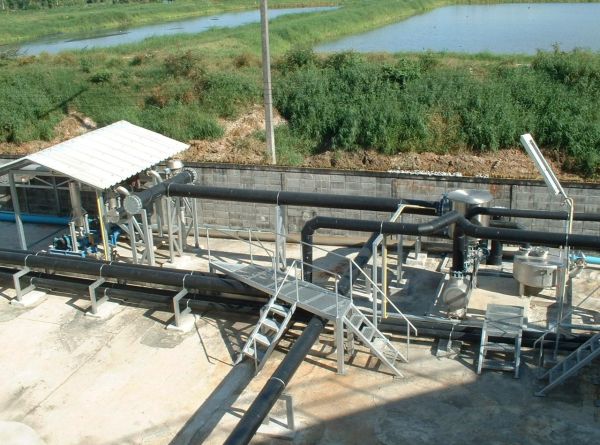
Nongyai Wastewater Treatment, Thailand
Verified Carbon Standard |
Using an innovative recycling system, this project captures volatile biogas from a starch, sweetener and ethanol factory and reuses it to power the factories.
The biogas produced is used as fuel in a hot oil boiler and in steam boilers to generate electricity and heat. Prior to project implementation, a fuel mix of biomass and coal was used.
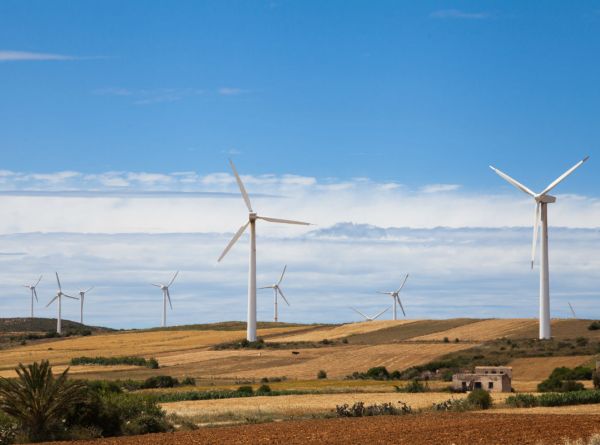
Cerro de Hula, Honduras
|
|
Clean Development Mechanism (CDM) |
The Cerro de Hula wind power project is located in the municipalities of Santa Ana and San Buenaventura, south of Tegucigalpa in Honduras.
The project is the first wind farm to be connected to the national grid of Honduras and consists of 63 turbines with a capacity of 2 MW each, providing green electricity to meet the ever-increasing demand for energy.
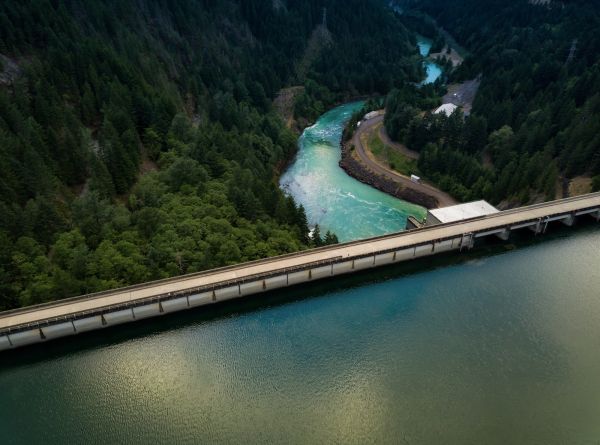
Asahan Hydroelectric Power Plant, Indonesia
|
|
Clean Development Mechanism (CDM) |
This project is a run-of-river power plant in the north of Sumatra in Indonesia. The project uses the natural flow of the Asahan River to generate clean energy for the local power grid.
The project will contribute to the development of technological capacity in the country as the technology will be introduced and consolidated with local engineers as well as local labour involved in the construction.
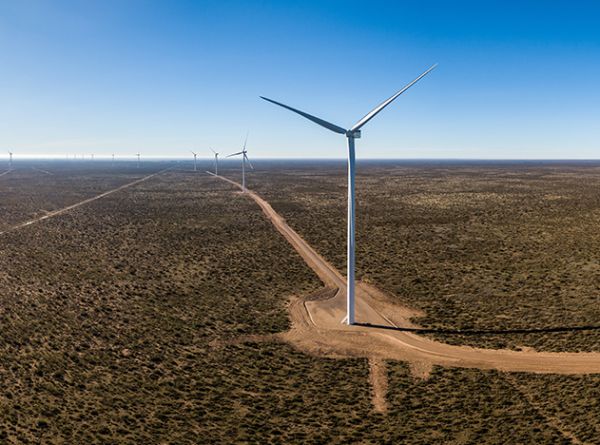
Genneia Wind, Argentina
Verified Carbon Standard |
The project installs 71 state-of-the art wind turbines across 6 wind farms, 4 are located close to the county's capital, Buenos Aires, while the other 2 sit on some of Argentina's windiest plains in the southern province of Chubut.
The turbines will harness the power of strong prevailing winds to generate clean, renewable electricity for the national grid.
Find out more
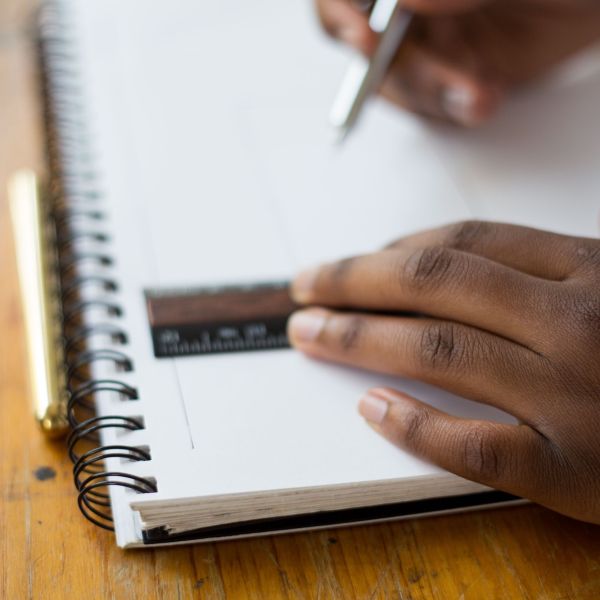
Project Development Standards
Read more about Project Development Standards.
Hungry for more information?
Take a deep dive below and let us know if you have any questions!

About the SDGs
This Is How It’s Done: How The SDGs Will Ensure Long-Term Business Profitability
